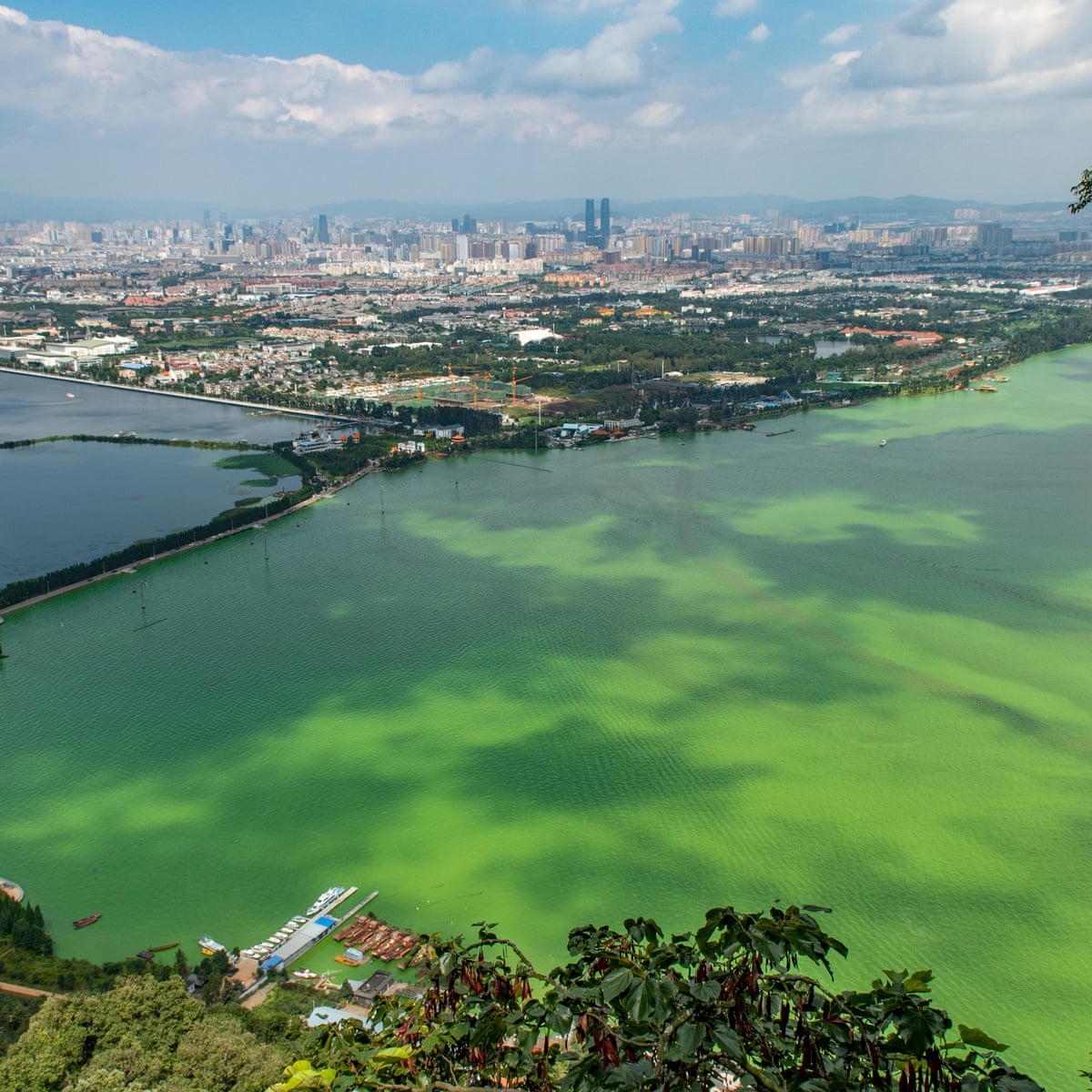Milk, a relatively inexpensive, calcium-rich and protein-laden super beverage that many of us love and enjoy. In Singapore, a litre of milk will set us back around $3 but can last for 2-3 days. While Milk is relatively affordable to consumers, the pollution generated from dairying is far from affordable. In today’s blog post, we will examine the pollution and environmental impacts arising from producing milk.
Over the last 3 decades, global Milk production has increased by 59%, from 530 million tonnes in 1988 to 843 million tonnes in 2018 (FAO, 2022). This rapid increase in production has also increased the land, water and air pollution associated with dairying.
Firstly, industrial-scale rearing of Cows for milk produces a large amount of faeces and manure. Furthermore, each dairy cow is estimated to excrete faecal bacteria equivalent to 14 people ( Foot, Joy & Death, 2015). This toxic waste will then seep into groundwater or be washed into nearby water bodies, causing water contamination, excess nutrients and sedimentation (Foote, Joy & Death, 2015). Humans who consumed this contaminated water will suffer from waterborne gastrointestinal diseases and livestock will have affected the growth and mortality.
Next, the fertilisers used in the grazing fields and cattle urine produces a large amount of Nitrogen. According to a study in New Zealand, nitrogen leaching from dairy land is triple of agricultural land, at an estimated average of 28kg N/ha/year (Foote, Joy & Death, 2015). This results in nitrogen being introduced to water bodies and groundwater, which can lead to certain types of cancers and methemoglobinemia (blood disease) when consumed (Foote, Joy & Death, 2015). Furthermore, excess levels of nitrogen can cause algae blooms and over-growth of aquatic weeds, resulting in eutrophication (Foote, Joy & Death, 2015)

Figure 1: Algae bloom in Dianchi Lake (Yunnan) due to animal waste
Apart from water pollution, Dairy produces large quantities of air pollution. The dairy industry alone produces a quarter of New Zealand’s Greenhouse Gase pollution (Foote, Joy & Death, 2015). Methane is produced by the digestive process of ruminant animals (e.g. Cows) and animal waste while Nitrous oxide is produced from dung, urine and fertilisers used.
Hope you have enjoyed today’s post and learned something. The next time you purchase a cartoon of milk, just remember that it isn’t as cheap or “green” as the packaging might suggest.
References:
FAO. (2022). Milk Production. Retrieved on Feburary 23, 2022 from https://www.fao.org/dairy-production-products/production/en/#:~:text=In%20the%20last%20three%20decades,%2C%20China%2C%20Pakistan%20and%20Brazil.
Foote, K. J., Joy, M. K., & Death, R. G. (2015). New zealand dairy farming: Milking our environment for all its worth. Environmental Management (New York), 56(3), 709-720. https://doi.org/10.1007/s00267-015-0517-x
Featured image from https://unsplash.com/photos/N_vt0wo7OGU

Be First to Comment